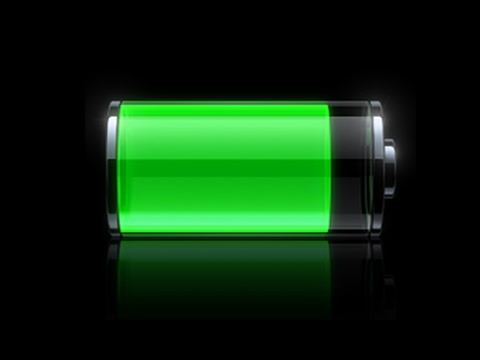How to Reduce Battery Consumption on Your Android Phone

Android devices continue to bring the latest hardware advancements to customers. Today, high-end devices are comparable to full-fledged machines, sporting quad core processors, 2 GBs of RAM and up to 64 GBs of flash memory. Furthermore, manufacturers have been improving displays, coming up with thinner, more resilient screens, which boast HD displays. Unfortunately however, batteries are not keeping up with these advancements; manufacturers still rely on increasing the physical size of batteries in order to house larger capacities. This is not ideal, since design constraints dictate sizes and in the end, most devices today end up suffering from weak battery backups. However, there are a few things you can do in order to conserve battery life.
Instructions
-
1
Often a device’s screen is draining the most battery. Displays, AMOLED or LCD, consume a lot of power and one easy way of conserving battery is to lower your screen's brightness. Go to your device’s settings by pressing the menu key on a home screen and choosing the settings option.
-
2
Once on the settings page, look for ‘Display’ under the ‘Device’ tab. The Display settings page will allow you to change your brightness settings. Tap the ‘Brightness’ option and select or slide to the lowest settings possible. You can continue using your device normally insides; however, going out in the sun may affect visibility if your brightness is too low.
-
3
On the Display settings page you also have the option of choosing a wallpaper. If your device has an AMOLED screen (several high-end devices have it) you can conserve battery by using a black or dark wallpaper. AMOLED screens work differently as compared to LCD screens and do not emit any light when reproducing black, this in turn helps conserve power.
-
4
Another option on the Display settings page is ‘Screen timeout’. This allows you to set the duration of inactivity after which your screen will turn itself off. This is again a useful feature when it comes to saving energy. Usually the minimum time duration you can select is 15 seconds; however, you should try out the other options to see what suits you.
-
5
After setting up the display as explained above, you should see improvements in your battery backup. However, if you want to conserve it further, most Android smart-phones have a built-in power saving option. This can also be accessed from the settings page (if not, you should look in the app drawer for a pre-installed power saving app).
-
6
When enabled, the power saving mode often restricts the processor’s maximum speed, switches off haptic feedback and reduces screen brightness to conserve as much power as possible.







